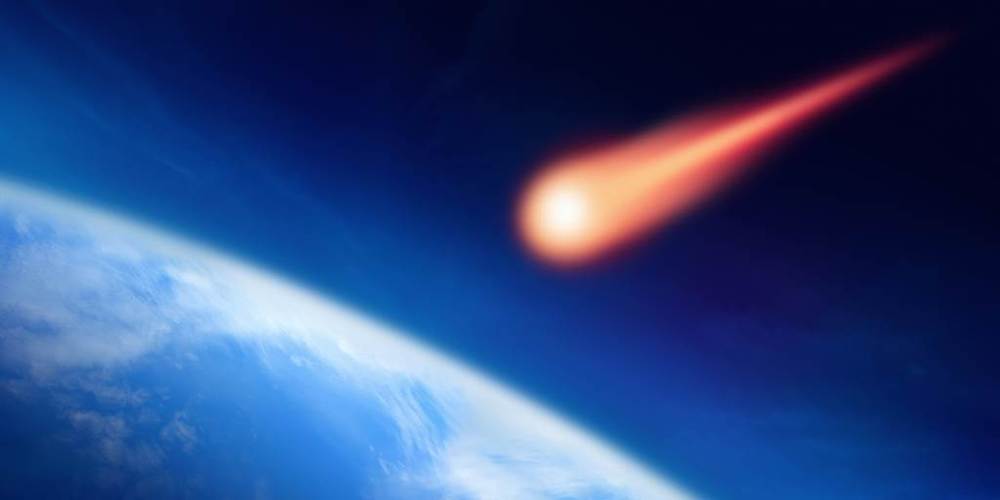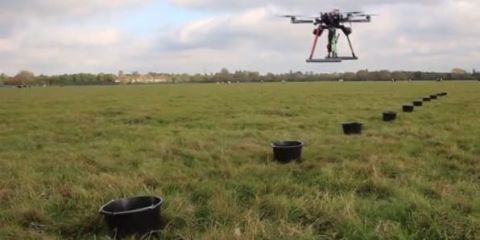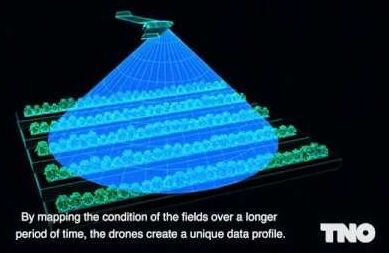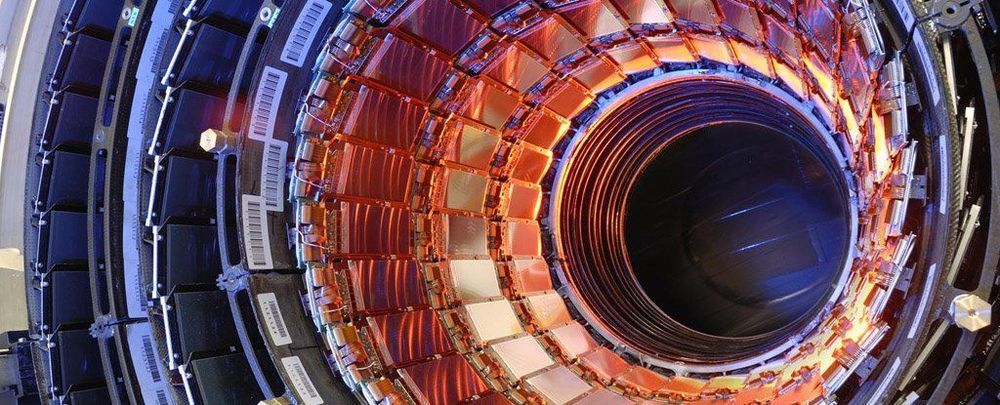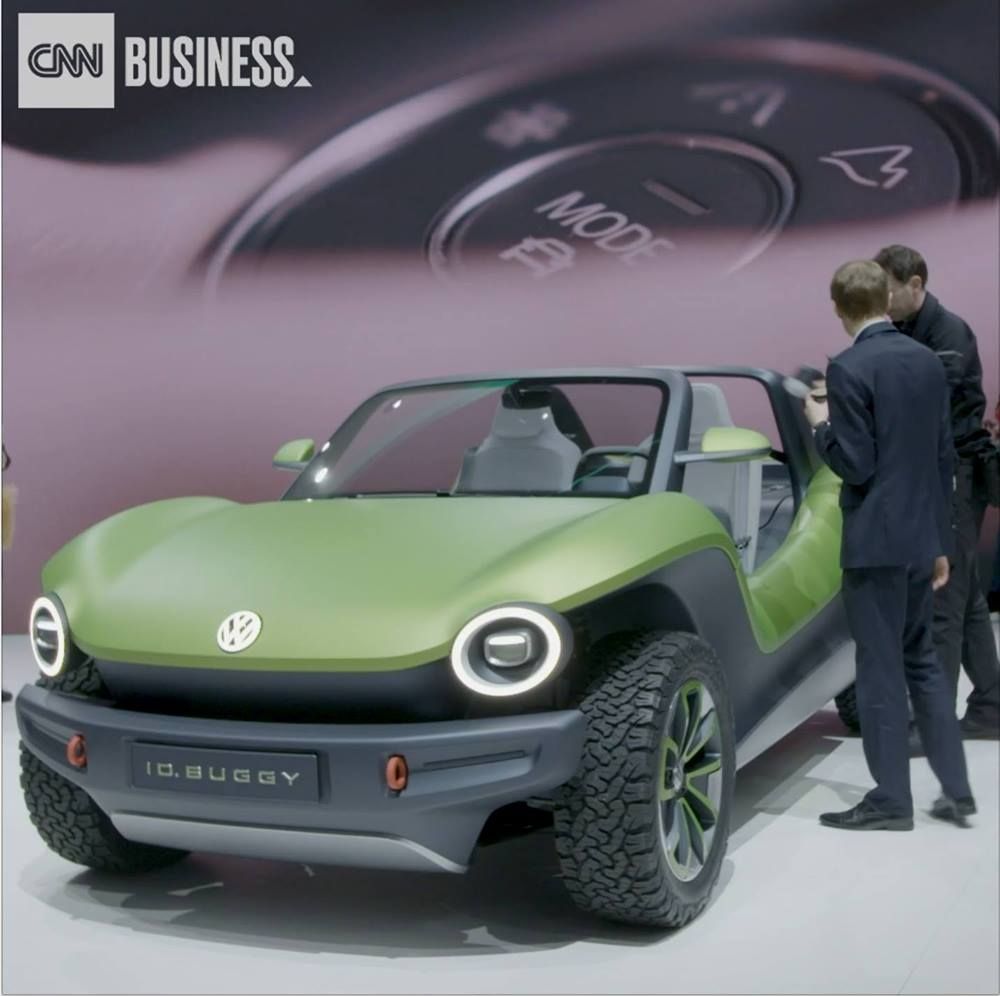There’s an energy revolution happening in villages and towns across Africa — off-grid solar energy is becoming a viable alternative to traditional electricity systems. In a bold talk about a true leapfrog moment, Amar Inamdar introduces us to proud owners of off-grid solar kits — and explains how this technology has the opportunity to meet two extraordinary goals: energy access for all and a low-carbon future. “Every household a proud producer as well as consumer of energy,” Inamdar says. “That’s the democracy of energy.” (Followed by a brief Q&A with TED Curator Chris Anderson)


